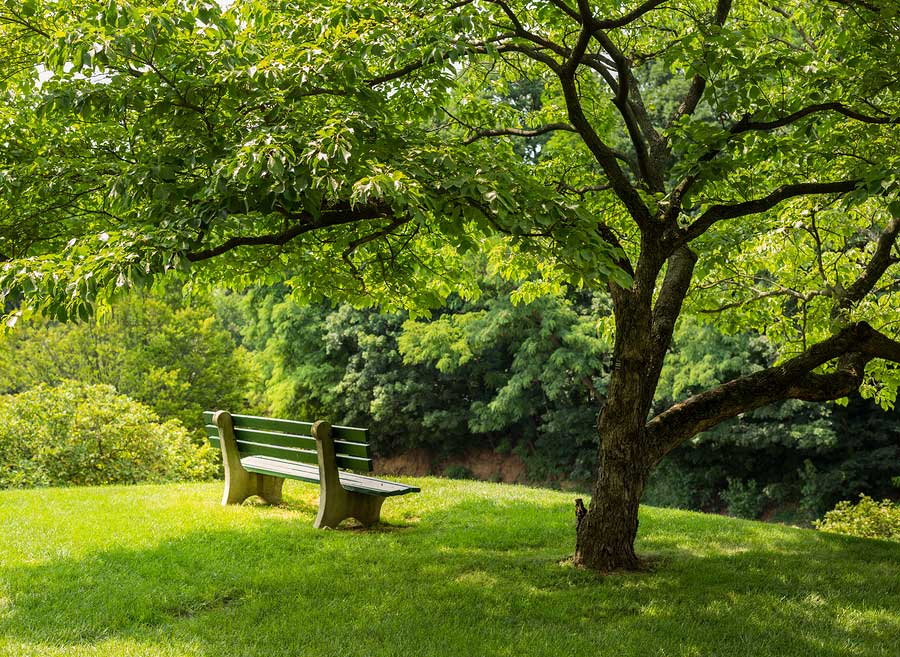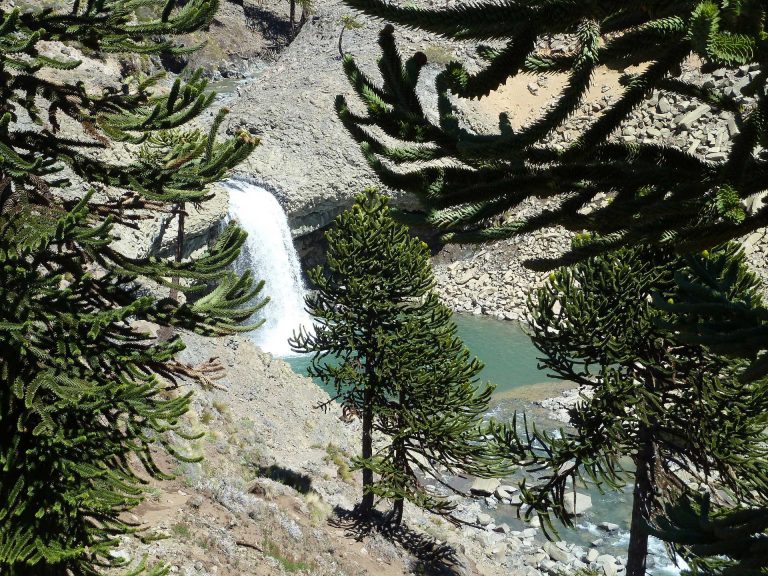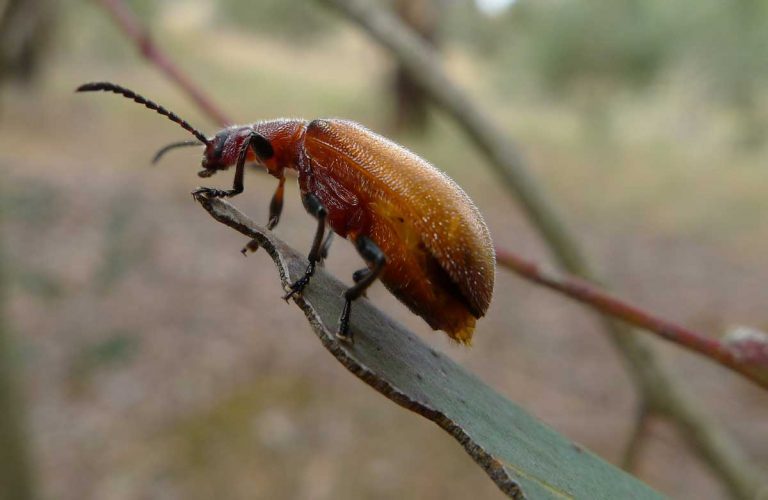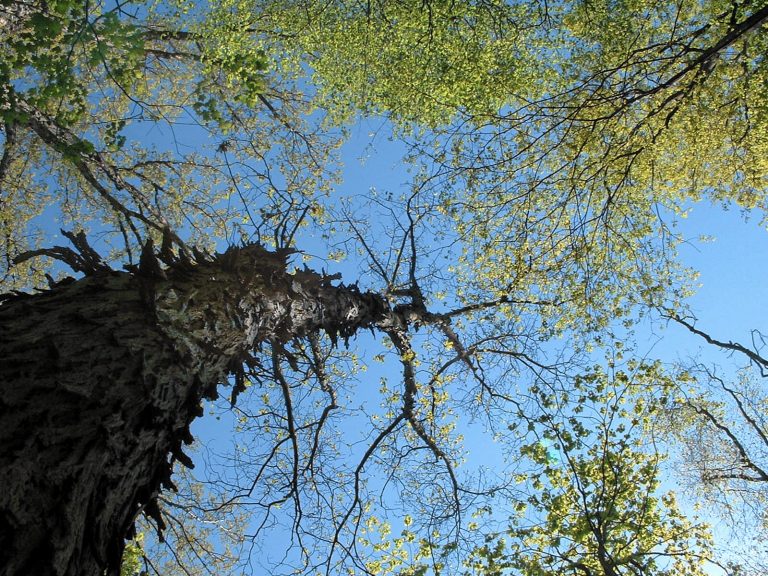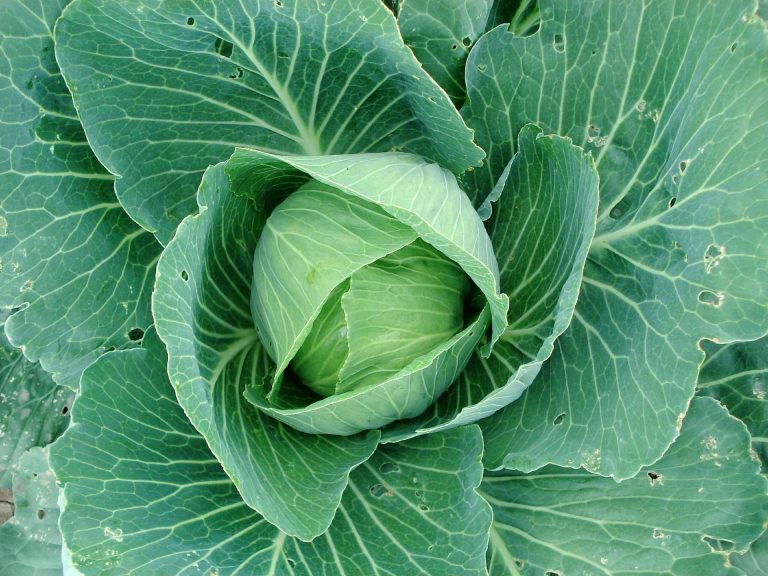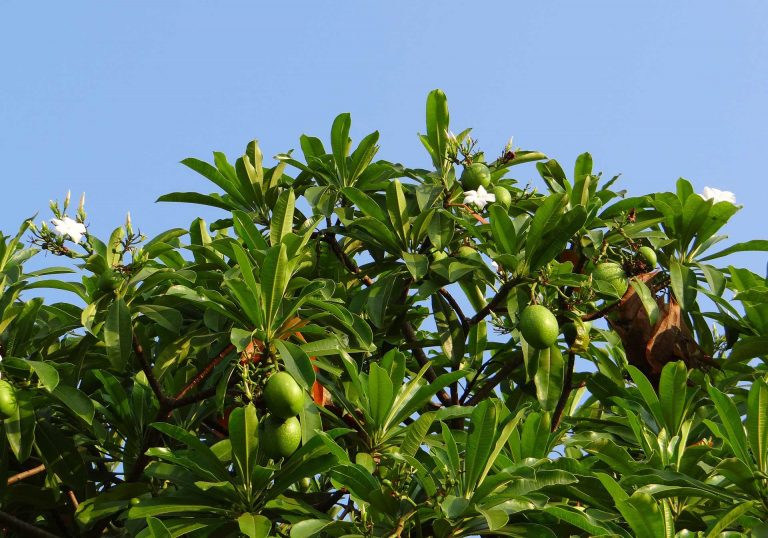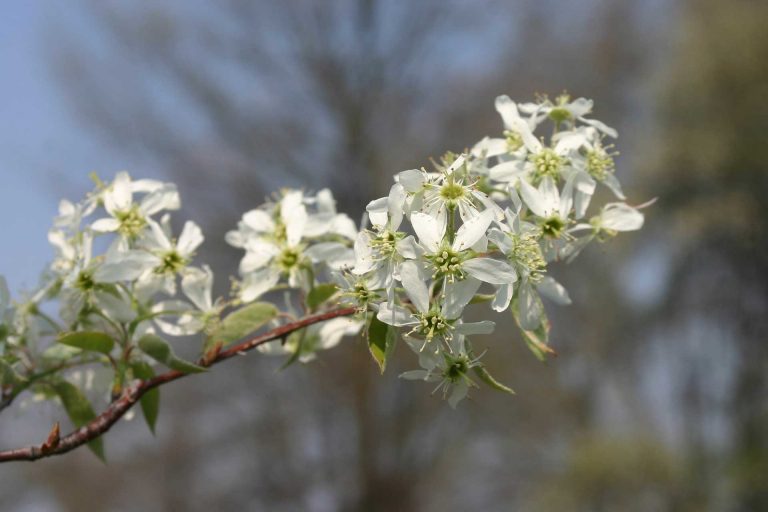Shade Tree
We can never underestimate the value of the sun of Sunlight in our lives. The sun maintains the warmth for us, illuminates our homes, helps our food to grow, and is the main source of clean, non-polluting, and renewable electricity. In fact, the sun is responsible for all life on earth. The sun and sunlight are always welcome in our homes. Come summer, the scenario changes. The weather heats up. The heat exhausts us and makes us lose our energy. The energy loss does not stop with that. The sun makes us consume more energy for running Air conditioners and coolers to keep us and the house cool.
If we can keep the sun off the widows, walls and roof of our homes, we can end up saving considerable amounts of money and energy if we can avoid some of the heating effects of the sun and keep our homes cooler. So less energy will be only needed to keep the home comfortable The best way to do this is to plant shade trees in the right locations around the house. These trees can block the sun from streaming through the windows and from heating up the roof and walls of the house at different times of the day.
Any tree that is specially grown for its shade, can be called a shade tree. Naturally the term applies to trees having a spreading canopy of leaves. The commonly grown shade trees in temperate countries are Ashes, Oaks, Maples and Elms.
In tropical countries like Africa, some Erythrina species, African Tulip tree and Hopea Odorata are commonly grown as fast growing shade trees.
There are quite a few things to consider when you decide to plant a shade tree. The coverage that the tree can provide, the life span of the tree, whether the tree is deciduous and whether the roots of the tree can damage the foundations of the building, etc. are the points you have to consider.
A shade tree can add to the privacy of your garden by blocking the view. However, during the cooler climates too, many shade trees can create a dark environment for gardens and buildings nearby.
You must take care not to plant shade trees near chimneys. The flying sparks can ignite the branches and lead to spreading fires.
Trees are assets to any landscape. They have the capacity to make the surroundings appear greener and more lively. If you grow them in proper locations, these shade trees can help to reduce your utility bills by lowering the cost of cooling the building.. Many trees that can be grown for shade about the house, are available in the market.
Apart from providing shade and adding beauty to the landscape, they also help to increase the property value. Most trees have long life spans and can survive more than a century. Such trees, however, take quite some time to grow and become mature.
Shade trees that grow fast can help to decrease the quantity of airborne dust and dirt around the house. They offer sound defense against strong gusts of wind. There are a lot of things to consider from the aesthetic point of view. Trees and shrubbery could really help to enhance the appearance of your residence. If they are positioned properly, these trees can dramatically alter the lines of your home. Trees bestow dignity to homes. They appear to lessen the height of tall, ungainly, buildings. They can soften the lines of a new building and also provide pleasing contrasts in color and feel.
Trees will give a harmony to the colors and match the architectural design of your home. The first thing that most home owners look for in a tree is its shade. There are many varieties of shade trees to choose from.
First, let us consider what are the qualities that you look for in a shade tree and what are the best shade trees available.
A good shade tree must be a fast grower. You would not want to wait decades for the shade tree to grow. The second thing is that the tree must be strong and sturdy. A silver maple will grow high within a very short time, but not being very strong, they bend easily. In addition, these trees are a good target for pests.
Listed below are seven popular fast growing trees that can provide shade:
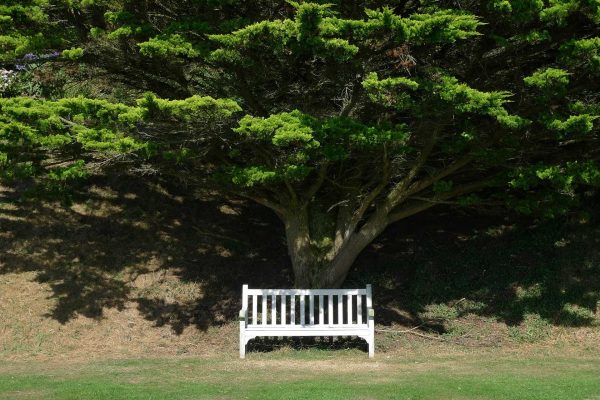
1. Hybrid Poplar
This tree is a highly recommended fast growing tree. These trees grow at the rate of eight feet per year. They mature when they are 40 to 50 feet high. There are many varieties of Hybrid Poplar, but the Populus Deltoids X Populus Negra is recommended.
2. Nuttall Oak
This shade tree is also called the pin oak or red oak. This is the fastest growing among the Oak tree varieties. The tree provides quite a leafy canopy and the acorns attract squirrels, turkeys and even deer.
3. Northern Catalpa
These trees are otherwise called the Cigar tree or Catawba and put on display, large, showy flowers which provide an additional attraction apart from shade. They attract bees. The thick, large-leaf canopy provides sustainable shade.
4. Red Maple
Apart from providing shade, the tree explodes into a riot of red color when the color of the leaves changes into vibrant red before dropping off in the Fall. The tree grows at the rate of 3-5 feet a year. They top out at around 40 feet. It provides privacy as well as shade for your home and yard.
5. Weeping Willow
This is an iconic shade tree, which is a fast grower. The growth rate can vary from three to eight feet per year. These trees grow very well near water. Now, there are a number of hybrid trees available that are suitable for drier conditions.
6. Paper Birch
This is a fast growing tree that flaunts a white bark that can enhance the looks of any yard, especially after the leaves drop off in winter. The sap of the tree can be tapped to make Birch syrup.
7. American Sycamore
This is also called the American plane tree. This is a fast growing tree. The bark is mottled white in color. The tree can grow to a very large size. While these trees are often found near ponds and rivers, they will grow well in urban yards. They grow at the rate of 6 feet a year and they can very well reach up to 70 feet or above in height.
Factors Influencing the Selection of a Shade Tree
There are many factors that influence your choice of a shade tree that is suitable for your yard. Frost dates, length of the growing season, annual rainfall, the soil type and temperature are factors to be considered. The best way to find out the right shade tree, would be to ask the local expert like a nursery or county (co-operative) extension office. They can help you to make the right choice. Otherwise, you may end up with some useless, invasive species or some exotic variety that least serves your purpose.
Shade Trees for Patios, Decks: Dogwood
All shade trees need not be large. You do need a large shade tree to protect your house from the hot rays of the sun. But just for the patio, you do not need a large tree. You need something smaller. Dogwood tree is a good option. Another tree, ideal for small spaces is the Bloodgood Japanese Maple. This colorful variety is ideal for Patios or small front yards.

Having discovered a fondness for insects while pursuing her degree in Biology, Randi Jones was quite bugged to know that people usually dismissed these little creatures as “creepy-crawlies”.

